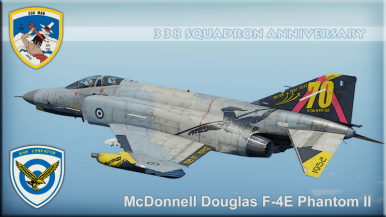
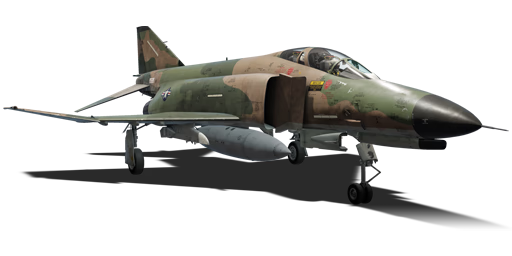


The McDonnell Douglas F-4E Phantom II was a two-seat, third-generation jet fighter-bomber and a further modernization of the F-4 for the US Air Force. Combat experience in Vietnam showed that on-board gun armament was not an anachronism, as had previously been thought of modern aircraft. Initially, it was proposed to limit the armament to the SUU-23/A gun pod, but in practice, the powerful recoil of the Vulcan cannon loosened the gun pod mounts significantly, drastically reducing accuracy. As a result, it was decided to develop a project to mount the gun directly on the aircraft—a proposal McDonnell Douglas engineers had made as early as March 1961. Beginning in 1964, engineers began developing the F-4 with an internal cannon, and by June 1965, they had received substantial support from the US Air Force. On August 7, 1965, the prototype of the future production aircraft, designated the YF-4E, took to the skies for the first time. This variant would become the most mass-produced version of the Phantom, with a total of 1,370 aircraft built.
Introduced in Update 1.97 "Viking Fury", the F-4E has excellent flight characteristics. Its high acceleration and top speed more than compensate for its lack of maneuverability. In addition, the aircraft boasts an abundance of suspended weapons for any task, whether it's air combat or ground attack. A minor drawback of the aircraft is its older radar model, which lacks a pulse-Doppler mode, making it more difficult to use the AIM-7E-2 (DF) air-to-air missiles effectively.
flaps
flaps
flaps
brake
| Belt | Belt filling | Armor penetration (mm) at a distance: | |||||
|---|---|---|---|---|---|---|---|
| 10 m | 100 m | 500 m | 1000 m | 1500 m | 2000 m | ||
| HEF-I/API-T/AP-I | 40 | 36 | 22 | 12 | 6 | 3 | |
| HEF-I/HEF-I/API-T/HEF-I/HEF-I/AP-I | 40 | 36 | 22 | 12 | 6 | 3 | |
| API-T/AP-I/AP-I/AP-I/HEF-I | 40 | 36 | 22 | 12 | 6 | 3 | |
| HEF-I/AP-I/AP-I | 40 | 36 | 22 | 12 | 6 | 3 | |
| Name | Weight | Slot | ||||||||||
|---|---|---|---|---|---|---|---|---|---|---|---|---|
| 57 × | 688.9 kg | 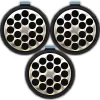 |  |  |  |  | ||||||
| 12 × | 840.8 kg |  |  |  |  |  | ||||||
| 6 × | 707.4 kg | 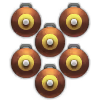 |  |  | ||||||||
| 6 × | 1,445.4 kg |  |  |  | ||||||||
| 6 × | 1,524 kg | 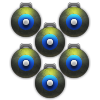 |  |  | ||||||||
| 3 × | 1,087.3 kg | 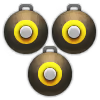 |  |  |  | |||||||
| 401.4 kg |  |  | ||||||||||
| 2 × | 893.6 kg | 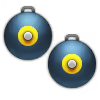 |  | |||||||||
| 893.6 kg | 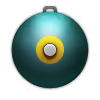 |  |  | |||||||||
| 893.6 kg | 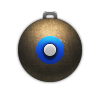 |  |  | |||||||||
| 1,027 kg | 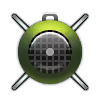 |  |  |  | ||||||||
| 505.5 kg | 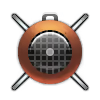 |  |  |  | ||||||||
| 614.4 kg | 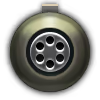 |  |  | |||||||||
| 3 × | 353.7 kg | 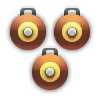 |  | |||||||||
| 3 × | 722.7 kg | 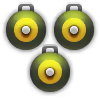 |  | |||||||||
| 3 × | 762 kg | 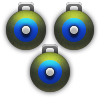 |  | |||||||||
| 3 × | 1,340.4 kg | 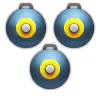 |  |  | ||||||||
| 1,140.8 kg | 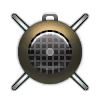 |  | ||||||||||
| 810 kg |  |  | ||||||||||
| 3 × | 631.4 kg | 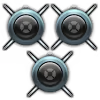 |  | |||||||||
| 76.4 kg |  |  | ||||||||||
| 2 × | 152.9 kg | 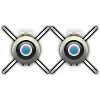 |  | |||||||||
| 2 × | 153.9 kg | 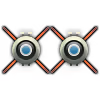 |  | |||||||||
| 205 kg | 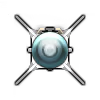 |  |  |  | ||||||||
| 193.7 kg | 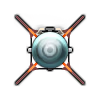 |  |  |  | ||||||||
| 5 × | 1,812.1 kg | 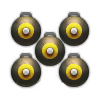 | ||||||||||
| 2 × | 802.8 kg | 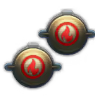 | ||||||||||
| Drop tank (600 gal.) | 137.9 kg |  | ||||||||||












Flight performance |
|---|
Survivability |
|---|
Weaponry | ||||
|---|---|---|---|---|
